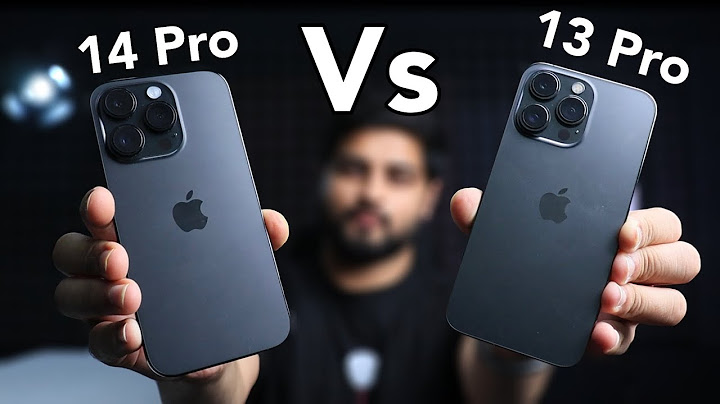Coconut butter is a creamy coconut spread, made from only 1 ingredient– dried coconut! It can be quite expensive to buy at the store, so today you’ll learn how to make it at home in just minutes, for a fraction of the price. Show
 What is coconut butter? Just like peanut butter is made from ground peanuts, and almond butter is made from ground almonds, coconut butter is made from ground coconut. Be sure to use shredded, unsweetened coconut for the best results. You don’t want to use the sweetened coconut that is used in traditional baking, as it’s too moist and has added sugar. What You Need to Know About Coconut Butter
What does coconut butter taste like? Coconut butter tastes like straight coconut. It’s lightly sweet and nutty, and I find it to be very pleasant! But, if you’re not a coconut fan, this recipe probably isn’t for you. 
As a reminder, it’s important to keep moisture out of your coconut butter jar for best storage results. I don’t recommend adding in any flavorings here, and always use a clean, dry utensil to remove the coconut butter, so you don’t introduce any moisture or bacteria into the jar.  How to Use it in BakingIf you’re interested in oil-free recipes, coconut butter can be used as a substitute for coconut oil in certain situations. I wouldn’t use it as an oil substitute for sautéing anything, but you can swap it for butter or oil in baking, for more fiber in each bite. The results will be slightly different, so you might want to ease into things by replacing only half of the oil or butter in a recipe with coconut butter, to see how you like it. And I certainly wouldn’t test this on company for the first time! I have tested it as a substitute in my Vegan Fudge recipe, and it works adequately in that case. The result is definitely more fibrous in texture, so it’s not something I would serve dinner guests, but my family gobbles it up!  Recipes that Use Coconut ButterWondering how to make the most of your homemade coconut butter? Here are some ideas!
I’d love to hear how else you might use it, too!  How to Make Coconut ButterHere's how to make coconut butter, that is quick and affordable. All you need is 1 ingredient and about 10 minutes of time! Prep Time: 10 mins Cook Time: 0 mins Total Time: 10 mins Servings: 16 ounces 
Nutrition information is for 1 ounce of coconut butter, or roughly 2 tablespoons. This information is automatically calculated, and is just an estimate, not a guarantee. Calories: 187kcal, Carbohydrates: 7g, Protein: 2g, Fat: 18g, Saturated Fat: 16g, Sodium: 10mg, Potassium: 154mg, Fiber: 5g, Sugar: 2g, Vitamin C: 0.4mg, Calcium: 7mg, Iron: 0.9mg If you try this coconut butter recipe, please leave a comment below letting me know how it works out for you! – Reader Feedback: Let me know if you have any specific recipe requests for coconut butter, and I’ll see what I can do. Can you substitute coconut butter for oil?If you're interested in oil-free recipes, coconut butter can be used as a substitute for coconut oil in certain situations. I wouldn't use it as an oil substitute for sautéing anything, but you can swap it for butter or oil in baking, for more fiber in each bite.
Can I substitute coconut oil for coconut butter in a recipe?Unfortunately, you can't reliably use coconut oil as a coconut butter substitute, since they serve very different purposes in the kitchen. Plus, coconut oil is a liquid at room temperature. It just won't do the trick if you're trying to replicate the velvety texture of coconut butter.
What is coconut butter used for?Coconut butter can be used as a delicious spread on many baked goods. Just like dairy butter, it can be applied on muffins, toast, or other types of baked bread. The small coconut flakes make it look like frosting. If you are allergic to nuts, consider this as a perfect alternative for peanut butter spread.
Is raw coconut butter the same as coconut oil?The biggest difference between coconut oil and coconut butter is the fiber content. Coconut oil is pulled from the meat, or flesh, of the coconut and contains none of the fiber found in the meat of the coconut. It's typically an opaque soft solid at room temperature and a clear liquid when heated.
|

Related Posts
Advertising
LATEST NEWS
Advertising
Populer
Advertising
About

Copyright © 2024 membukakan Inc.


















